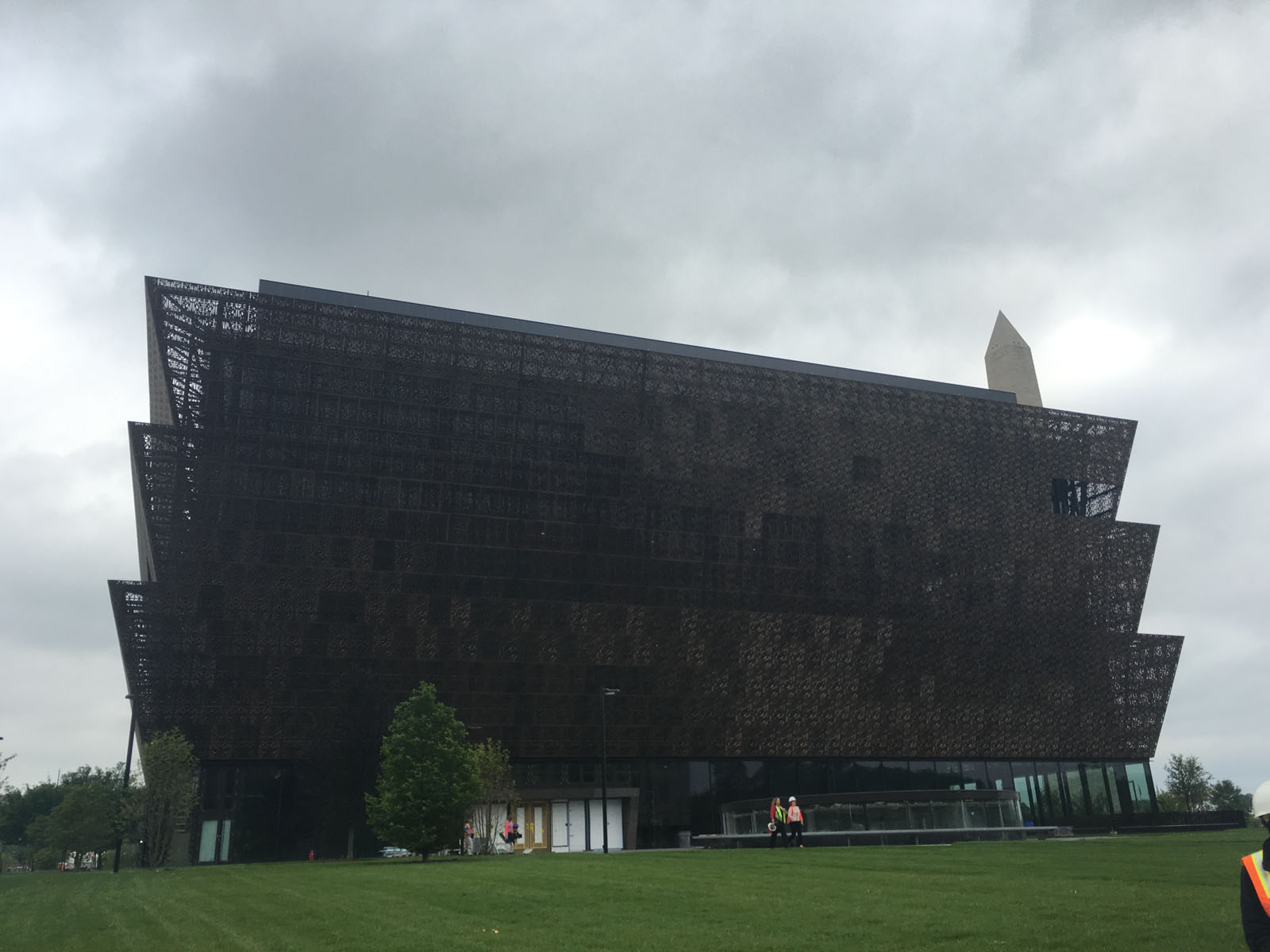
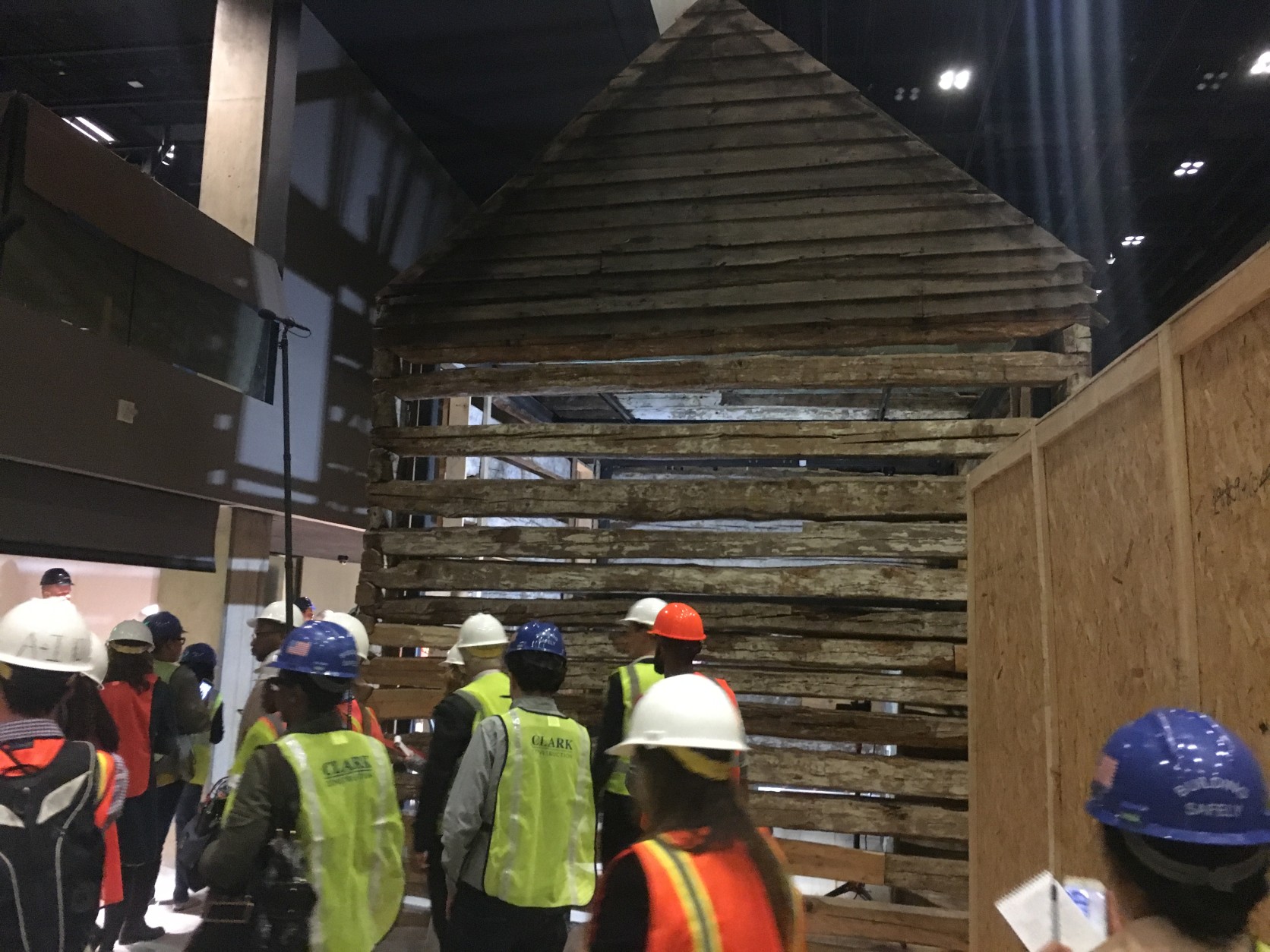
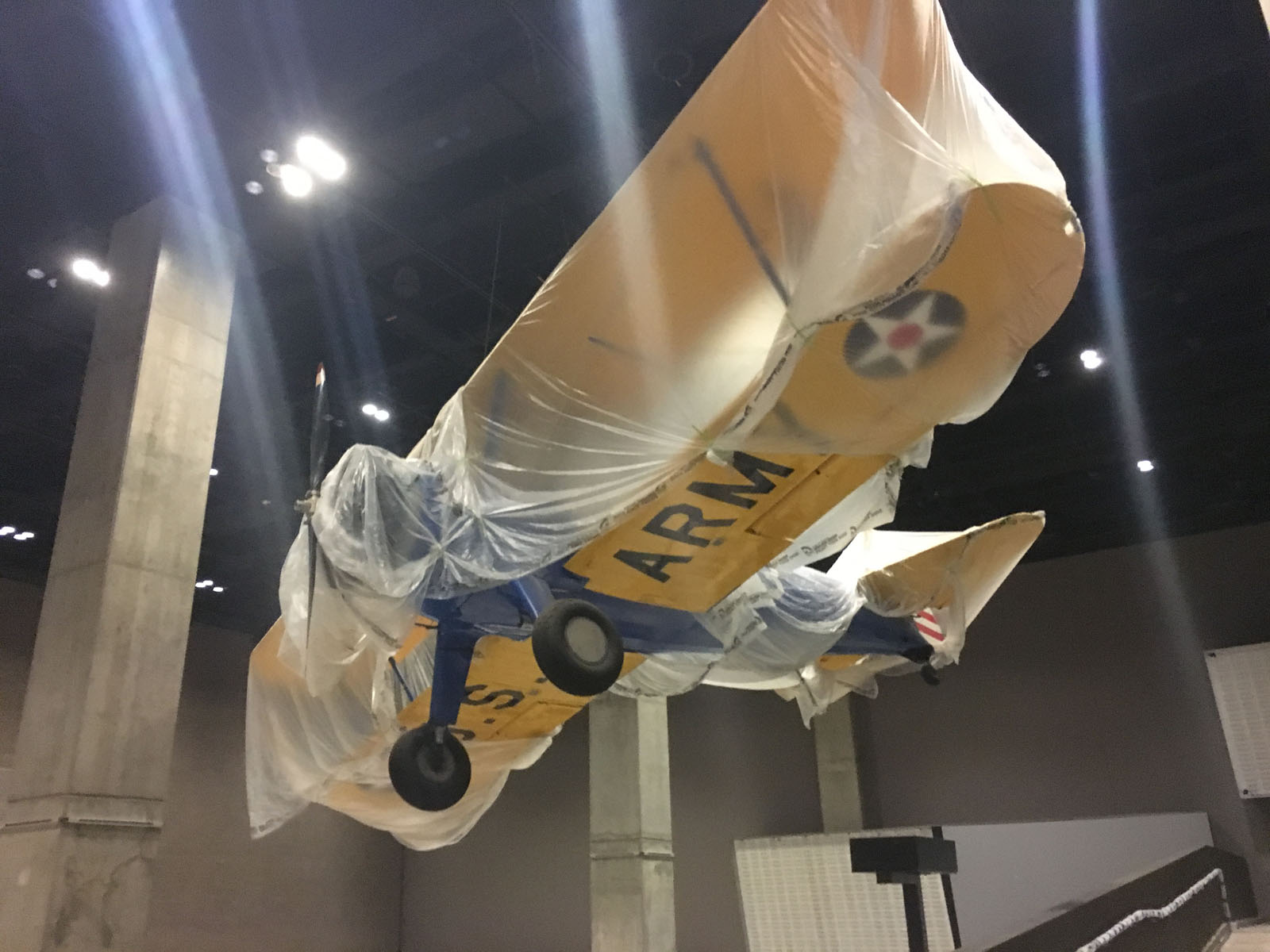
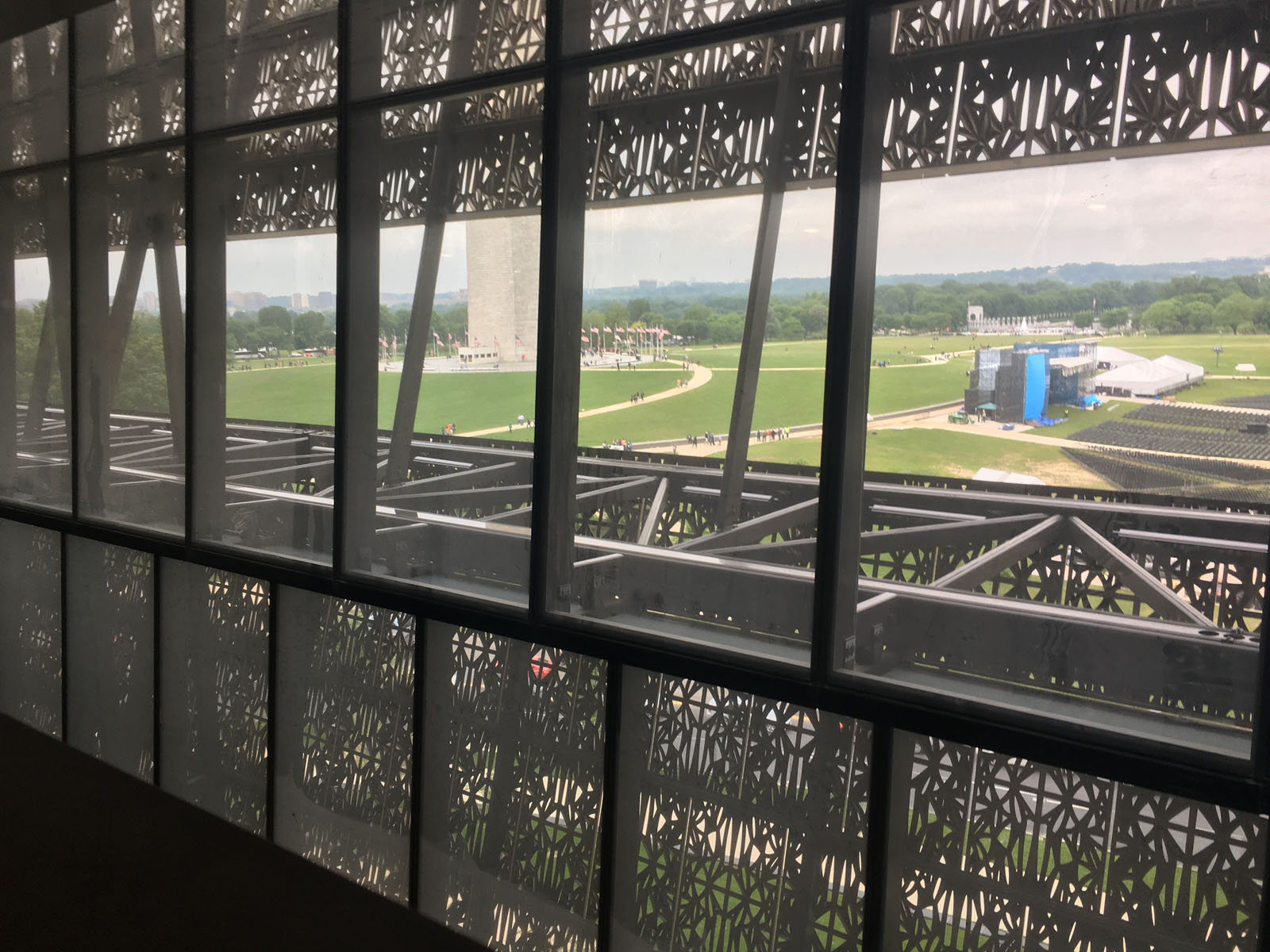



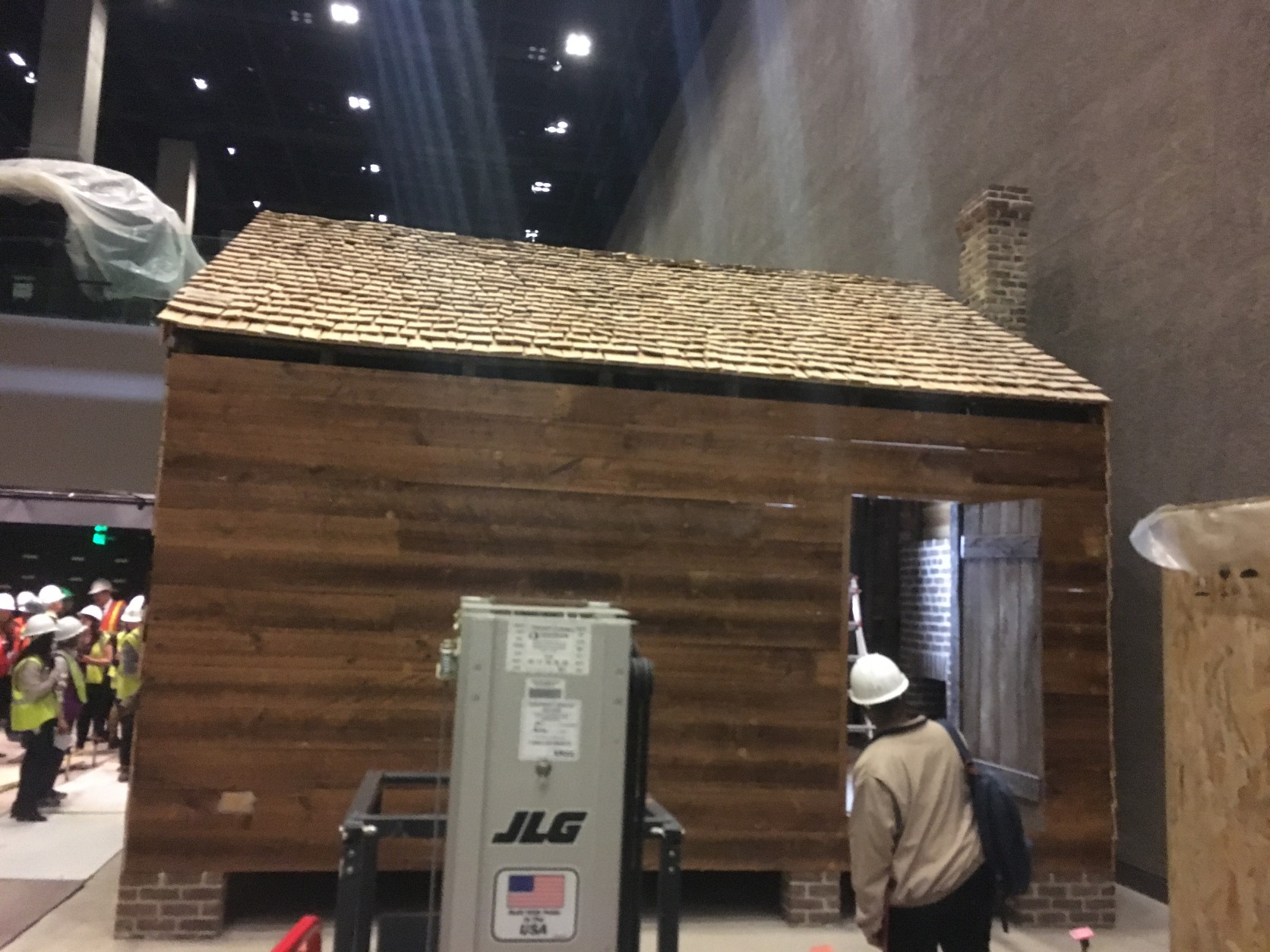
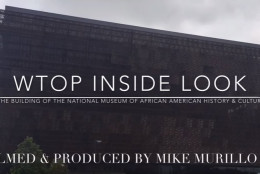
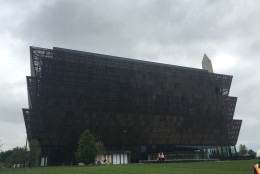
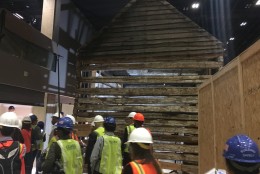
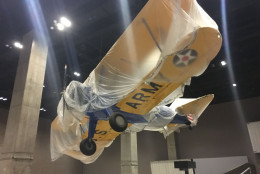

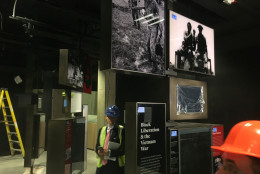
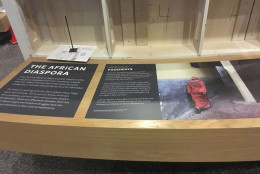
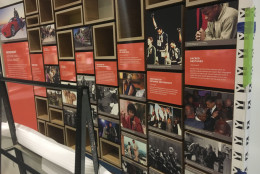
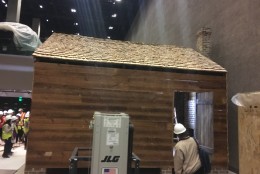
WASHINGTON — Over the past few years, the Smithsonian’s National Museum of African-American History and Culture has risen on the National Mall.
The outside of the building is a work of art with 3,600 bronze-colored aluminum panels that weigh 230-tons, making up what the museum calls the “corona” or crown.
With construction complete, museum staff are now bringing in artifacts and setting up exhibits, which will tell the stories of African-Americans. Only a few of the bigger display items are in place including two cabins — one used for slaves in Edisto Island, South Carolina; the other, belonging to freed slaves who lived in what is now Poolesville, Maryland.
“You’re gonna see a story of America that’s been hiding in plain sight: the story of the African-American role in making democracy and making America what it is,” said the museum’s deputy director, Kinshasha Holman.
On the lowest level of the museum, the journey from slavery to freedom will be told through firsthand stories and artifacts including abolitionist Harriet Tubman’s shawl and hymn book, and a Bible belonging to Nat Turner, who led a slave rebellion in 1831.
“This is an American story told through the African-American lens, but you will see yourself in this exhibit; regardless of your race, we humanize this story,” curator Mary Elliott said.
The museum also promises to tell the story of segregation and the road to desegregation through rare pieces of history. A plane used to train the Tuskegee Airmen hangs from the ceiling. And in the the ground sits a segregated Southern Railway rail car from the Jim Crow era.
Those behind the museum hope it will change what visitors think they know about the pieces on display, including Chuck Berry’s famous red Cadillac.
“This is a Cadillac that he drove across the stage at the Fox Theatre, the same theatre that turned him away when he was a child,” said curator Dwandalyn Reece.
Exhibits will also explore African-American culture including style, food, artistry, gesture and language.
At the top level of the museum, a panorama view of the National Mall offers a glimpse of the area memorials, the Washington Monument and even Arlington National Cemetery.
“Sunsets here are quite extraordinary, so that would be the right time to come,” said architect David Adjaye.
The museum is set to open to the public on Sept. 24.






